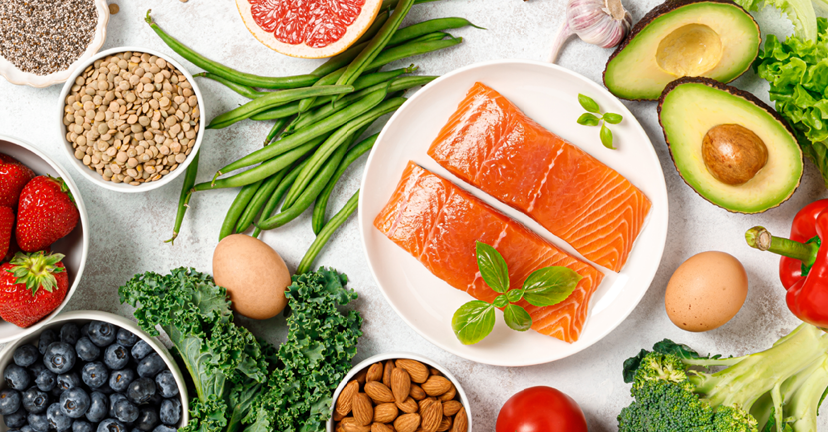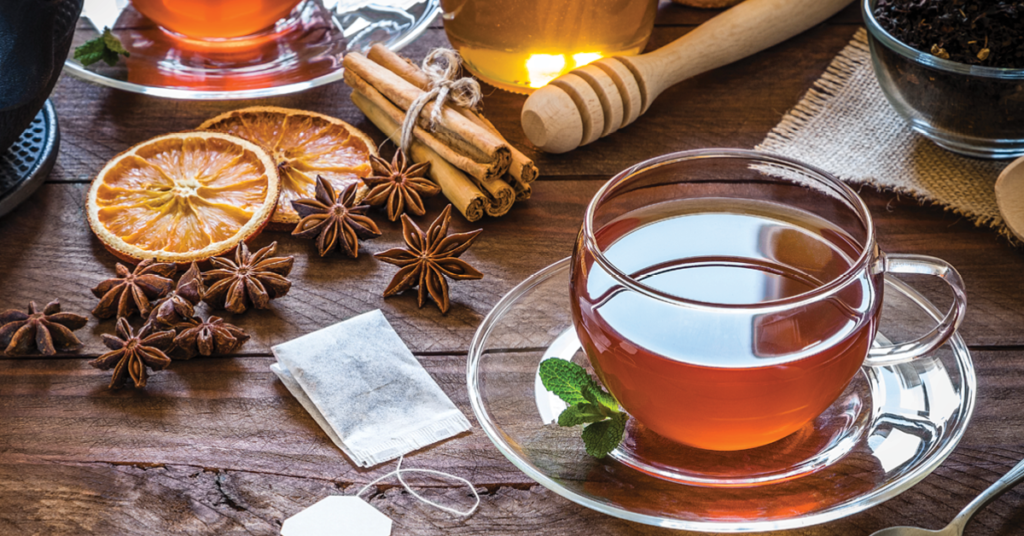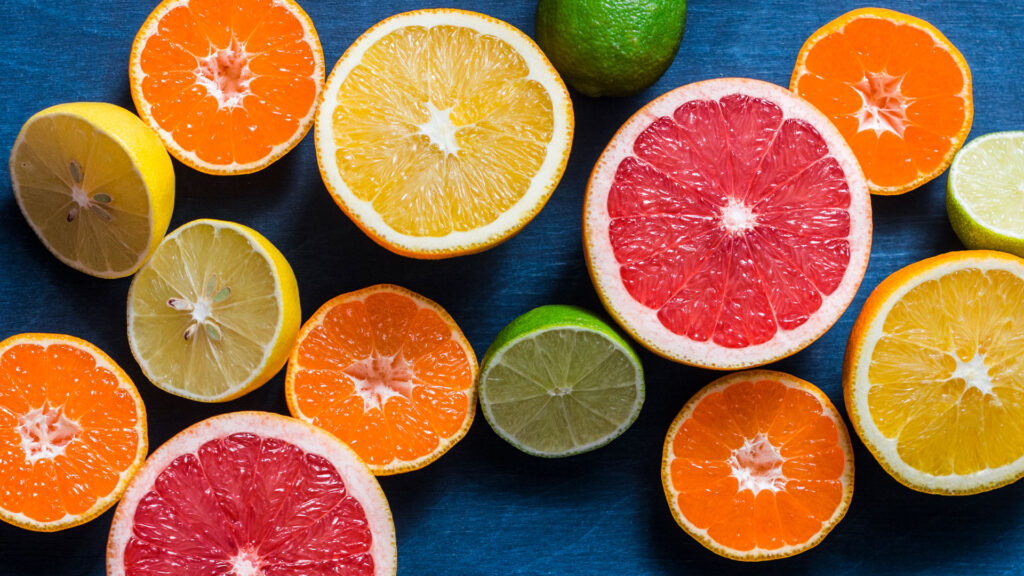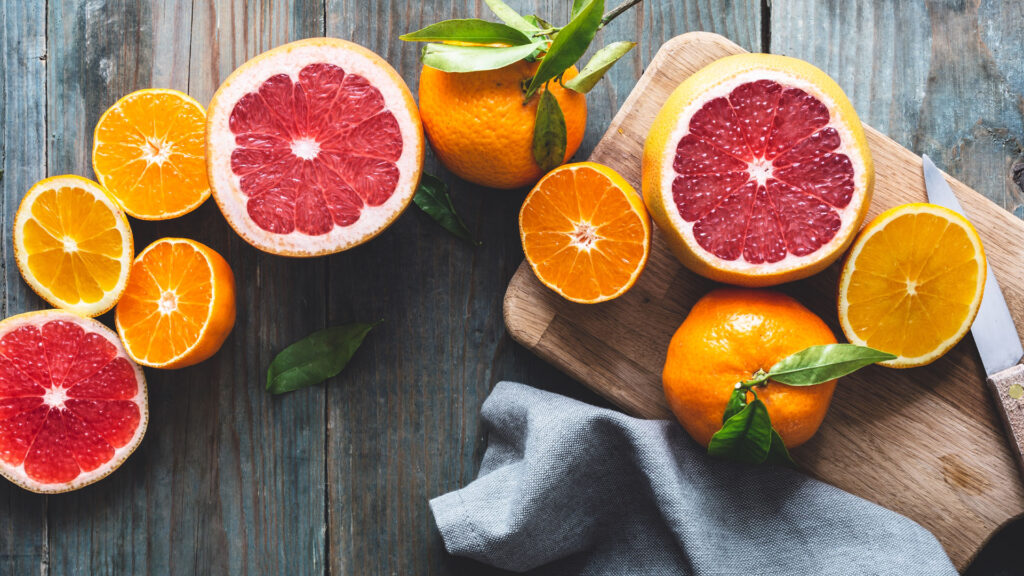
Celebrate Registered Dietitian-Nutritionist Day!
Ellie Wilson
MS, RDN, CDN
It is one of my favorite days of the year – a day when I get to celebrate the work of my peers and how they improve wellbeing through the transformative power of nutrition, celebrated every year during March, National Nutrition Month. You may not realize it, but you benefit from the work of registered dietitian-nutritionists (RDNs) every day, and so do many people in your life! RDNs work throughout our food systems, from farm to table, molecule to menu, recipes to research, and most importantly, they translate the science of food, culinary skills and clinical nutrition into solutions and communications that serve individuals, communities, and populations.
In your communities, RDNs often direct school food systems, working to fuel growth and learning for our children, and help them explore healthful eating. RDNs direct hospital-based clinical nutrition and food service, food banks and community-based organizations, restaurant chains, military operations, food product development, work in academics and sports, public health prevention and medical nutrition treatment across the entire lifespan. RDNs are also chefs, farmers, entrepreneurs, and culinary nutrition educators. RDNs may also be board-certified in advanced practice, pediatrics, sports nutrition, gerontology, and nutrition support. It is a dynamic field centered on meeting the needs of all with evidence-based, empathetic, and respectful nutrition science and care.
RDNs have been part of all those institutions for over 100 years but were rarely powered or resourced well enough to deliver and measure the full value of their expertise. That is changing – the most recent shift in focus on nutrition and health has risen to prominent view in the last 10 years. The true capacity of RDNs to meaningfully change health when the right infrastructure is in place has broken through via Food-as-Medicine initiatives. These programs have been growing out of non-profits that created services when there was no other way to meet specific nutritional needs. The New York State Department of Health has also worked to build capacity through many innovation initiatives. This included produce prescription programs and RDN-prescribed, medically tailored meal programs serving our most vulnerable and chronically ill. When data systems began to track that care and outcomes, the opportunity became clear – when food and nutrition treatment with RDNs is available, quality of life and the ability to recover and thrive is not just possible, it changes everything about costs, and empowering patient confidence and capacity to restore health, elevating the importance of applied nutrition science and access to qualified nutrition care to the health of our communities, states and country. This is interwoven with other societal issues and allied health disciplines driving change through social determinants of care – it all comes together in prevention and treatment that fuels health, equity and opportunity.
I have the privilege of serving our communities through the work I do at Price Chopper/Market 32 – ensuring food information is the best it can be in all the channels it is needed: for our customers’ and teammates’ benefit, for business operations, and community and healthcare collaborations with resources like the Know Your Colors nutrition guides program in Price Chopper and Market 32. I love the work I do, and continually learning how to support my peers in their vital roles using nutrition to safeguard and promote wellbeing. To better illustrate what that can mean, I will share a statement from a fellow RDN quoted in our professional journal this month. Alice Dunham, MS, RD, LD/N, works with veterans in Sarasota, Florida. She wrote: “I am proud to be a registered dietitian-nutritionist because every day I am a public servant. In my role, I am serving as a mental health dietitian for veterans in transitional housing. Witnessing the positive impact nutrition therapy has on a person’s psychological health and overall well-being is special. I am able to help this population work through challenges including food safety, nutrition security, feeding environments, food relationships and budgeting a balanced diet. Each day feels like I am fulfilling a great purpose: to heal people through food. It is the most rewarding profession. I am so grateful to be a nutritional caregiver daily and help people navigate their health.”
Me too – knowing the work I do supports so many ways food brings joy and health is why I entered this profession. Wishing all my friends and colleagues the very best on RDN Day!

Tea Up for Well-Being
Ellie Wilson
MS, RDN
As the evenings turn cooler, our beverage choices also shift to warmer temperatures and more comfort and health-oriented drinks. Tea is the most popular beverage in the world, second only to water, and has a range of flavors, benefits, and culinary applications.
Tea has a simple recipe – water and some form of the leaves of the Camelia Sinensis bush, it is most often made with hot or warm water, but can be made with cool water, such as “sun tea”. That simplicity earns it a spot on the list of whole foods, or more accurately, whole food-derived drinks. Interesting to note that America is the primary country where tea is enjoyed cold – the demand for functional beverages that are portable and personal has created a unique opportunity for tea as a grab-and-go beverage. Approximately 75 – 80% of tea consumed in America is iced. ¹
The first written records of tea as a medicinal beverage were found in China, around the 3rd century A.D. Modern research has been able to identify specific compounds that may have health benefits, including polyphenols such as flavonoids, theaflavins and catechins, all antioxidants. Observation studies connect 2 -3 cups of tea per day to reduced risk of premature death, heart disease, stroke and type 2 diabetes. More research must be done to define intake and specific health impact, but tea has a place on the table for traditional teetotalers and health seekers alike.
Generally, caffeine content of a cup of tea is 50 mg or less, half the content of an 8 oz cup of coffee. ² Time brewing and form of tea also impact caffeine content. Tea assists with hydration, and contains the amino acid theanine, which research hints supports brain health. This makes it a perfect beverage for that afternoon energy-seeker, busy parents recharging between work and evening family activities, or an end-of-day stress soother.
Tea is also riding the innovation wave as more functional beverages that include nootropics, ingredients that enhance energy, focus, and relaxation, or added vitamins and minerals. Culinary innovations include using flavored teas (such as green tea with lemon) as a poaching liquid for seafood or chicken, or macha (green) tea powder as an ingredient in baked or dessert items. Tea is even in barbeque sauce!
I had the opportunity to see a tea plantation and enjoy a tea ceremony in Japan. The evergreen shrubs were beautiful and carefully tended. Tea grows at higher elevations in many Asian countries – it was a beautiful landscape and is where I was first introduced to green tea.
Tea flavors are shaped by the terroir or soil/climate/altitude of the place it is grown. ³ They are also defined by the part of the plant that it is made from, and the types of processing those plant elements are subjected to. Finally, they may be enhanced by essential oils, or combinations with other plants, such as herbs or spices (such as Chai, a tea spiced with cardamom and cinnamon). Tea truth – beverages made with herbs, spices, flowers and other plants that do not include the Camelia Sinensis leaves are not teas – they are tisanes. That term is more technical – “herbal tea” is a more consumer-friendly description and has become the more common term used for those brewed beverages.
Take some time to explore the amazing world of tea with the many varieties and flavors you can find in stores. You will find yourself in good company – 159 million Americans enjoy tea each day! ⁴
¹, ⁴https://www.teausa.com/teausa/images/Tea_Fact_2021.pdf
²IFIC, accessed 9/7/22, https://foodinsight.org/coffee-and-tea-can-hydrate-too/
³Tea Aroma Formation https://www.sciencedirect.com/science/article/pii/S221345301500018X

Citrus to the Max!
Ellie Wilson
MS, RDN Manager, Lifestyles and Wellness
Winter brings fresh citrus to the store and to your table – during the cold and sometimes gloomy days of winter, the bright smell of lemon or orange can add energy to your day and your recipes! As we also keep an eye on budgets and value, taking advantage of the seasonal abundance of oranges, lemons, grapefruit, limes, tangerines, clementines, mandarins and more, check out these culinary and climate-smart hacks and tips to take your citrus to the max!
Get a smart start – take advantage of seasonal citrus sales, then store them well. Most citrus is fine on the cool kitchen counter for about 5 days, but you risk losing what isn’t used up as it dries out and loses quality much beyond that. Some tips to make the most of what is fresh and fabulous:
- Wash citrus before prepping or storing. Store in the refrigerator for best shelf life.
- Use a zester or micro plane to capture the flavor and fiber benefits of fruit zest. There are so many ways to use it:
- Add a teaspoon or two of zest to a small jar of salt or sugar – sprinkle on anything you are looking for a little burst of flavor – liven up leftovers and zip up sweet treats.
- Zest and juice fruits and freeze them together in ice cube trays. Once frozen, you can add the juice and zest cubes to water, soups, teas and cocktails anytime.
- Freeze whole fruits for zesting and juicing later – store in a freezer bag with as much air as possible removed.
- Keep citrus peels from snacks/recipes and let them dry out on a counter or windowsill – they make great fresheners for the sink disposal – last thing you do before you finish cleaning the kitchen!
- Slice and dehydrate citrus in an air fryer (check appliance directions) or your regular oven – lay uniform thin slices 1 inch apart on a foil-lined sheet pan, lightly sprayed with oil. Oven temperature should be about 200 °F, time will be 2 – 6 hours, depending on size of fruit. Check out more how-to’s and ideas at The National Center for Home Food Preservation.
- Beyond the plate – dried citrus fruit and zest is also great to use for decorating, such as festive dried fruit garlands and potpourri.
- How about a homemade citrus cleaner? Check out this easy-make method from US Citrus.
- Preserved or pickled, easy freezer jams, jellies and spreads -add a dash of the Mediterranean to seafood or poultry recipes with preserved lemons with thyme or oregano, or explore a rosy, luscious Cara Cara orange curd for a special cake, or a beautiful tart decorated with ruby-kissed dried orange slices.
- Treat yourself – one of my favorite recipes – overnight oats with fresh or frozen fruit, chia seeds, PICS Greek yogurt and lemon curd.
So many ways to enjoy the winter bounty of citrus our Produce Team has worked to source and bring to your local store – enjoy!
Shop Citrus



